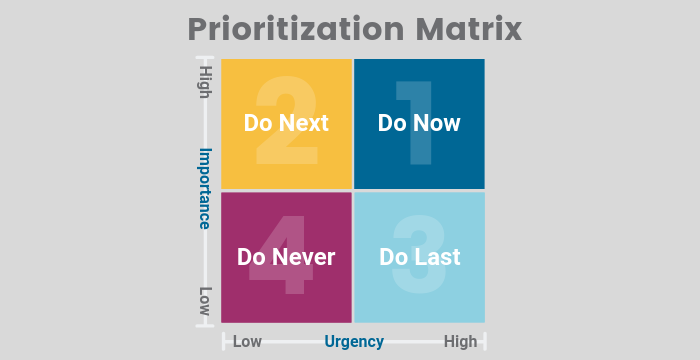Types of Benefits for a Multigenerational Workforce
Today’s workforce is becoming more dynamic, especially as younger professionals integrate with seasoned talent in new multigenerational workplaces. One survey conducted by CareerBuilder found that 38% of American workers had a younger boss, and 16% of those responding had a boss who was 10 or more years younger. While this presents new challenges for today’s bosses, employing people across generational lines can help build stronger teams and businesses.
Despite the obvious benefits of a multigeneration workforce (like mentorship, cross-training, unique perspectives, technology innovation, etc.), building a benefits program tailored to a diverse workforce is more of an art form than a science. And many employers don't know where to start. How do you provide benefits that are appealing to everyone? After all, the benefits people value the most are often different across generational lines.
To help out the modern employer, here are some quick tips for offering employee benefits to a multigenerational workforce:
Ask your team what matters to them
Before you roll out a new employee benefits program, solicit feedback from your team. Conduct an anonymous survey and actually ask them what benefits matter to them the most. Use this feedback to get a better understanding of what your employees want and look for trends by generation.
Review & analyze your current offering
Next, make a list of the benefits you offer to all employees. Things like health insurance, 401(k), flexible savings accounts, and even learning and development opportunities. Consider what programs are seeing high engagement – and from whom. You should be collecting data on the utilization of your programs, as well as who uses them. This will help you understand who is taking advantage of specific benefits, as well as which benefits are being underutilized. Use what you learn to get rid of programs that aren’t valuable to employees, or double down on programs that are seeing high utilization.
Introduce new benefits to fill the gap
Lastly, does your analysis reveal gaps in your benefits offering? If so, consider adding new benefits and perks that are tailored to the unique demographics and needs within your team. Let’s take a look at some insights to consider starting with the youngest generation on our list.
Millennials (born 1980s-early 2000s)
Want do Millennial workers want from their employer? Contrary to popular belief, this group still places access to health insurance as their top employee benefit—similar to older generations, according to a FitSmallBusiness survey. But they’re also looking for more.
According to FitSmallBusiness: “The Millennials we surveyed want a 401K plan with employer match funds, subsidized health insurance, telecommuting options, and a paid two-month sabbatical after five years of employment. Employers willing to help them pay off student loans and save for a home will see even more loyalty and stability.”
Gen Xers (born 1965-1980s)
While Millennials have drawn much attention and criticism for their role and motivators in the workplace, businesses can’t forget about their ‘bread and butter’: Generation X. Especially when it comes to benefits.
Gen Xers are most likely to want benefits that promote work-life balance, especially when you consider that this cohort is most likely to have children (although Millennials are catching up). They’re also more likely to be caring for aging parents.
Purchasing Power noted this in their recent study: “More than anyone else in the workforce, Gen X employees are most likely to be juggling child or elder care with the pressures of a progressing career,” said Christy DeFrain of Purchasing Power. “Gen X is highly experienced and hard to replace. But businesses often forget about their ‘bread and butter' and concentrate employee benefits around the new starters. Providing the right benefits can help ensure that years of experience and expertise inherent to this group aren't lost.”
Baby Boomers (1946-1964)
Today aging Baby Boomers are working longer and retiring later. Over 90% of Boomers say that they want their employers to provide health insurance, according to a MetLife report. This group also values retirement plans, according to Glassdoor.
Conclusion
No matter the generation, your employees want to work at an organization that is invested in their wellbeing and is interested in learning about what matters to them the most. At ProService Hawaii, we believe building a rewarding place to work (for all generations) is not just about a handful of benefits. It's about building a strategic system of benefits that takes care of your team and motivates the right employee behavior to fuel business performance too.
Want to learn more? Download our guide: How to Create a Benefits Package That's Right for Your Business.









